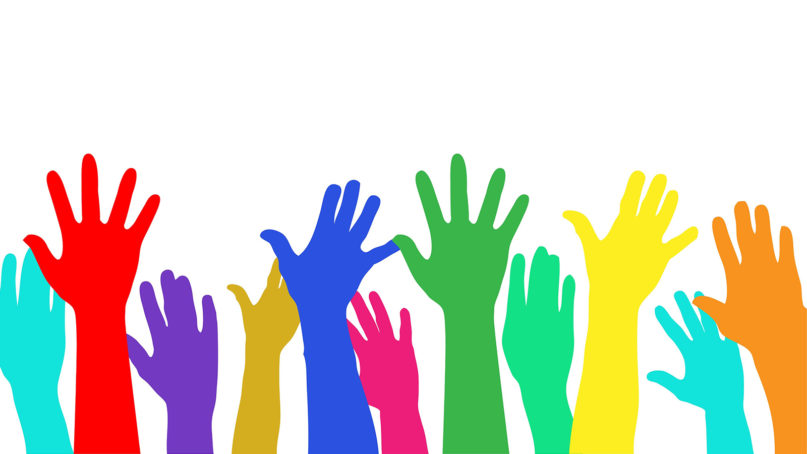(RNS) — Twenty years ago, Harvard sociologist Orlando Patterson warned in a New York Times op-ed that early reports on the 2000 census were persistently misinforming Americans about their country’s ethnic and racial composition.
“The misinformation is dangerous,” he wrote, “since it fuels fears of decline and displacement among some whites, anxieties that are not only divisive but groundless.”
The reports — that by the middle of the new century whites would cease to be a majority — were misleading, Patterson argued, because they classified all Hispanics as nonwhite. In fact, 48% of Hispanics identified themselves to census-takers as racially white. (In the 2010 census, 53% of Hispanics would so identify themselves.)
Patterson’s caution did nothing to weaken the belief that the U.S. will soon be a majority-minority country. Indeed, in today’s polarized political environment, that has become a virtual article of faith on either side of the ideological divide.
On one side we now have the increasingly mainstream Republican “replacement theory,” promoted by the likes of Tucker Carlson, that nonwhites are being brought into the country to take over from native whites. On the other is the woke image of a country where nonwhites outnumber whites and white privilege is a species of apartheid-like minority rule.
Underlying both views is the familiar “non-Hispanic white” classification created by the Census Bureau’s lumping of all Hispanics into a single category. This is the functional equivalent of “white” immigration status in the early 20th century, when Irish, Italian and Jewish immigrants were classified as separate races.
In the 2010 census, non-Hispanic whites made up 64% of the population; all whites (non-Hispanic plus Hispanic) were 72%. If white Hispanics are thought of the same way we think of everyone else who self-identifies as white, the timeline for reaching a minority-majority America is considerably longer.
Except it may never happen at all. That’s because it’s based on the Census Bureau’s assumption that the growing number of Americans of mixed white and minority heritage are meaningfully classified as “minority” or “nonwhite.”
The City University of New York demographer Richard Alba makes a strong case that, with the significant but limited exception of Black-white persons, a large majority of mixed Americans experience less social distance from whites than from the groups of their minority heritage.
This is not to say that they deny their connection to those groups. In Alba’s view, they occupy an intermediate position, with an ambiguous social location. While this may amount to a distinction without a difference for white racists, everyone else should recognize that the majority-minority formulation makes little sense in a society where a larger and larger share of the population does not fit into the white/nonwhite binary.
“A better conception,” writes Alba, “may be that their presence in social milieus with many whites is creating ethnoracial diversity within a white-dominated mainstream, just as after World War II, the integration of Jews and Catholics created religious diversity within a Protestant-dominated mainstream.”
Is race continuing to follow in religion’s footsteps?
Over the past several decades, mixed religious marriages have become more and more common, creating growing numbers of nones as well as those with mixed religious identities. For example, Jewish adults with only one Jewish parent are much more likely than those with two Jewish parents to describe themselves, religiously, as atheist, agnostic or nothing in particular, according to Pew’s 2013 study of the American Jewish population.
Americans who assert a religious identity increasingly understand it as chosen by themselves rather than inherited or ascribed.
Similarly, racial identity is becoming more fluid, with increasing numbers of Americans choosing to identify as mixed-race, or simply opting out of existing categories. In the 2010 census, 42.7% of Hispanics chose “two or more races” (6%) or “some other race” (36.7%) rather than identify as white, Black or African-American, American Indian and Alaska Native, Asian, or Native Hawaiian and Other Pacific Islander.
Few but dyed-in-the-wool racists would lament the blurring of racial identity. The blurring of religious identity, by contrast, should trouble many. It portends the disappearance of religion itself.






